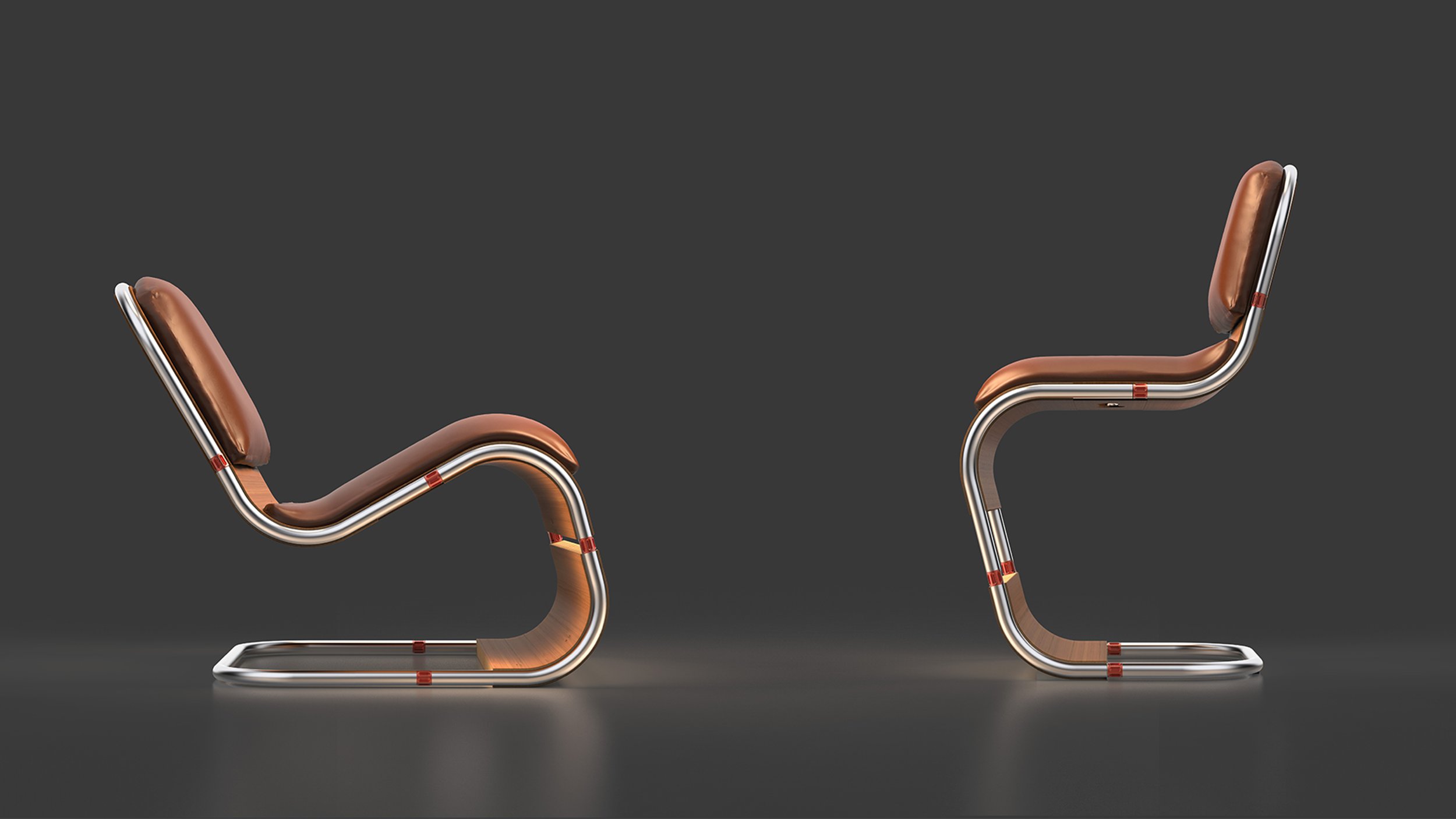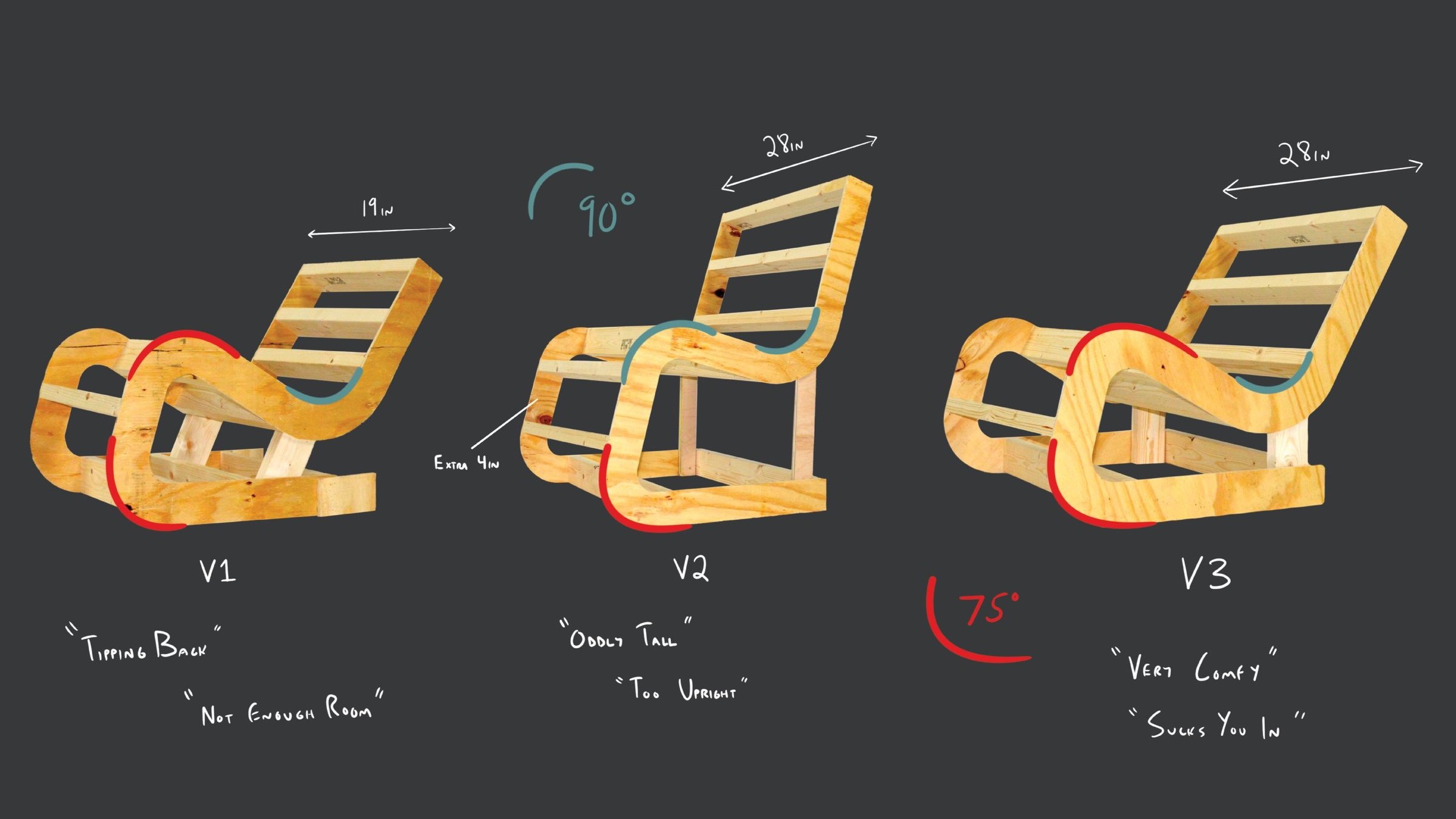
FLUX - Modular Furniture
Project
Design a system that rethinks how furniture can evolve as an individual moves and grows in their space with a focus on evolution and sustainability.
Excess Waste and a New Market
Process
The fast furniture market is at an all time high, with consumers turning towards quick and cheap pieces, compromising on quality and sustainably sourced furniture.
According to the EPA, Americans throw out more than 12 million tons of furniture each year, creating mountains of solid waste that have grown 450 percent since 1960. Looking into the eco-friendly market, it is expected to grow over the next eight years exponentially.
Initial Concepting
The exploration began with development of initial concepts: delving into both aesthetics and functionality. The focus narrowed to three distinct concepts allowing for more in-depth exploration of the technical aspects of each one.
Developing FLUX
We initiated the process by prioritizing comfort above all else, then we meticulously selected the angles for each chair. By minimizing the components of our ecosystem, we were able to solidify the design for our 10-piece product line.
Angles
Development of these angles, 75, 90, and 105 degrees was done by ergonomic studies and experience model testing with other students and professors.
Process
CNC cutting was used for rapid prototyping, to dial in the ergonomics. Lastly, experience models were produced.
We found the ideal lounge chair consisted of two 75 degree and one 90 degree angle.
Lounge chair experience model.
FLUX can be offered in a variety of different finishes.
In collaboration with Quinn Gagne
Solution
Create a modular furniture system that can change with the user’s lifestyle, while providing users customization and simple ready-to-assemble pieces that break the norm.
Household Changes and Assembly
The number of single and two-person households has been steadily increasing, from 28 to 38 million in the U.S. over the past 20 years resulting in the demand for small and portable furniture. On average a bed or sofa from IKEA takes 2 HOURS to assemble.
We found the ideal desk chair consisted of two 105 degree and one 75 degree angle.
Desk chair experience model.
Tool and Connector Development
The connector to mate the pieces together was designed first, ultimately ending on an opposite threaded piece with ridges. This allows the user to hand-tighten the parts together before tightening it up with our tool. We then designed for the tool utilizing a similar mechanism as a coilover wrench.
Durable Materiality throughout the FLUX line.
Rigorous prototyping allowed us to make small necessary changes, so that both would function in an ideal fashion.
The System
Made up of consistent parts that will allow the user to change their pieces as they grow and adapt to their ever changing living environment.
Color, Material and Finish

















